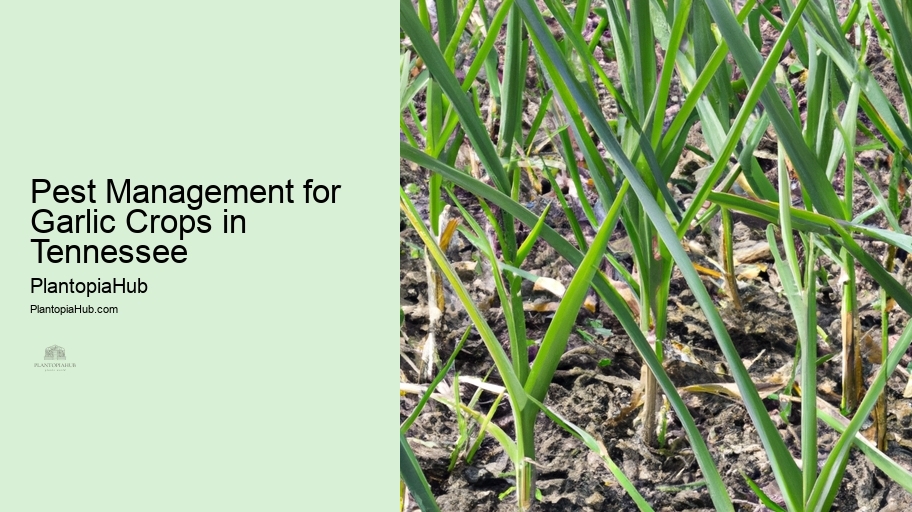

Effective watering strategies are crucial for garlic cultivation in Tennessee's variable climate. During the fall and winter, when garlic establishes roots, monitor soil moisture levels and provide supplemental irrigation if the soil becomes excessively dry.
In the spring, as garlic begins active growth, adjust your watering routine. Reduce the frequency of watering but increase the volume to encourage bulb development. Maintain soil moisture to prevent stress on the garlic plants.
To sum up, tailoring your watering strategy to the specific season is essential for successful garlic farming in Tennessee. Adequate moisture management will result in robust, healthy garlic bulbs at harvest time.
Fertilization is a critical aspect of garlic cultivation in Tennessee. Start by conducting a soil test to determine nutrient deficiencies. Companion Planting Generally, garlic benefits from a balanced fertilizer with equal parts nitrogen, phosphorus, and potassium. Apply fertilizer in the fall, just before planting, to provide essential nutrients for root development.
Additionally, consider using organic amendments like compost or well-rotted manure to improve soil fertility. Organic matter enhances soil structure and nutrient retention, contributing to healthy garlic growth throughout the growing season.
In conclusion, meeting the fertilization needs of your garlic crop is essential for achieving robust yields in Tennessee. Properly nourished plants are more resistant to pests and diseases, ensuring a successful harvest.
Protecting your garlic crop from pests is crucial for a successful harvest in Tennessee. Common pests include aphids, thrips, and onion maggots. To deter these invaders, consider using companion plants like marigolds and chives, which naturally repel pests.
If pest infestations occur, organic solutions such as neem oil or insecticidal soap can help. Regularly inspect your garlic plants for signs of pest damage and take immediate action to prevent further harm.
In conclusion, implementing pest control solutions is essential for maintaining healthy garlic crops in Tennessee. Food Preservation Methods A proactive approach to pest management will safeguard your harvest and promote strong, vigorous plants.
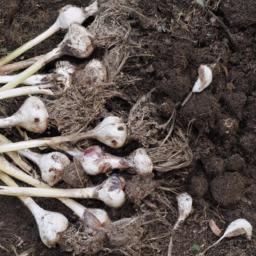
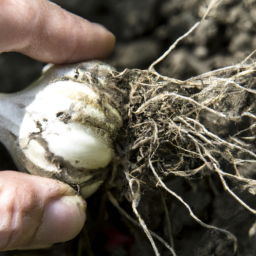
Organic farming practices are gaining popularity in Tennessee, and they can be particularly beneficial for garlic cultivation.
Employ crop rotation to prevent soil depletion and reduce the risk of disease. Implement mulching to conserve moisture and suppress weeds without the use of chemicals. These practices not only protect the environment but also produce healthier garlic bulbs.
In conclusion, embracing organic farming practices for garlic in Tennessee aligns with sustainable and environmentally friendly principles. Organic garlic is in demand, and adhering to these practices can result in a premium product and satisfied customers.
Companion planting is an effective strategy to improve garlic growth in Tennessee.
Another excellent choice is planting garlic near strawberries, which can benefit from the natural pest-repelling properties of garlic. Companion planting not only boosts garlic health but also maximizes space utilization in your garden.
To sum up, exploring companion plants is a smart strategy for enhancing garlic growth in Tennessee. It's a natural and eco-friendly way to protect your crop and improve overall garden productivity.
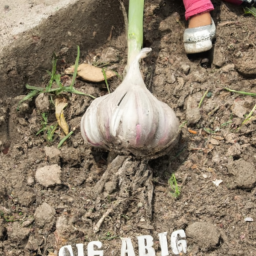
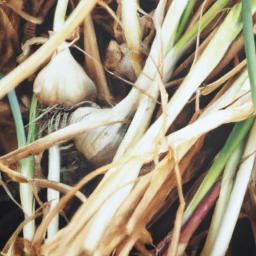
Tennessee's winters can be unpredictable, making it essential to protect your garlic crop from freezing temperatures.
In extremely cold regions, consider using row covers or cloches to shield your garlic from frost. Ensure adequate airflow to prevent condensation, which can lead to mold and rot.
In conclusion, implementing winter protection measures is crucial for preserving your garlic crop in Tennessee. By planning ahead and taking these precautions, you can enjoy a successful garlic harvest even in challenging weather conditions.
Crop rotation is a smart practice for Tennessee garlic farmers. By rotating your garlic with different crops each season, you can reduce the risk of soilborne diseases and pests. This strategy also helps maintain soil fertility and structure.
Consider planting garlic in a different section of your garden or farm each year to prevent the buildup of garlic-specific diseases. Crop rotation promotes healthier garlic plants and ultimately leads to better yields.
In conclusion, implementing crop rotation offers numerous benefits for Tennessee garlic farmers. Tennessee Climate Zones It's a sustainable practice that contributes to long-term garlic crop success.
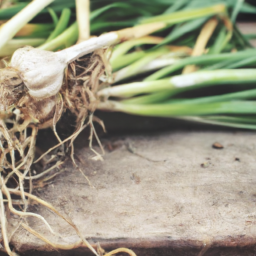
The optimal time for planting garlic in Tennessee typically falls between late September and early November. It's important to consider your specific location within the state, as warmer regions may benefit from earlier planting in September, while cooler areas may choose a late October start. Monitoring local temperature trends and referring to the USDA hardiness zone map for Tennessee can help determine the best planting window.
Creating a customized garlic planting calendar for your Tennessee location involves considering factors like frost dates, local climate variations, and the garlic varieties you plan to grow. Start by determining the average date of the first fall frost and work backward to establish planting dates. It's important to align your calendar with your specific microclimate and garlic variety requirements, ensuring the best timing for planting and harvesting.